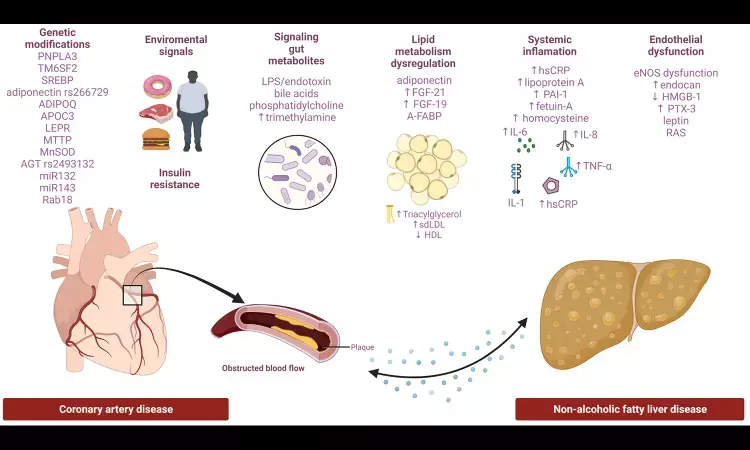- Home
- Medical news & Guidelines
- Anesthesiology
- Cardiology and CTVS
- Critical Care
- Dentistry
- Dermatology
- Diabetes and Endocrinology
- ENT
- Gastroenterology
- Medicine
- Nephrology
- Neurology
- Obstretics-Gynaecology
- Oncology
- Ophthalmology
- Orthopaedics
- Pediatrics-Neonatology
- Psychiatry
- Pulmonology
- Radiology
- Surgery
- Urology
- Laboratory Medicine
- Diet
- Nursing
- Paramedical
- Physiotherapy
- Health news
- Fact Check
- Bone Health Fact Check
- Brain Health Fact Check
- Cancer Related Fact Check
- Child Care Fact Check
- Dental and oral health fact check
- Diabetes and metabolic health fact check
- Diet and Nutrition Fact Check
- Eye and ENT Care Fact Check
- Fitness fact check
- Gut health fact check
- Heart health fact check
- Kidney health fact check
- Medical education fact check
- Men's health fact check
- Respiratory fact check
- Skin and hair care fact check
- Vaccine and Immunization fact check
- Women's health fact check
- AYUSH
- State News
- Andaman and Nicobar Islands
- Andhra Pradesh
- Arunachal Pradesh
- Assam
- Bihar
- Chandigarh
- Chattisgarh
- Dadra and Nagar Haveli
- Daman and Diu
- Delhi
- Goa
- Gujarat
- Haryana
- Himachal Pradesh
- Jammu & Kashmir
- Jharkhand
- Karnataka
- Kerala
- Ladakh
- Lakshadweep
- Madhya Pradesh
- Maharashtra
- Manipur
- Meghalaya
- Mizoram
- Nagaland
- Odisha
- Puducherry
- Punjab
- Rajasthan
- Sikkim
- Tamil Nadu
- Telangana
- Tripura
- Uttar Pradesh
- Uttrakhand
- West Bengal
- Medical Education
- Industry
Liver Stiffness and Fat Content Linked to Higher Coronary artery disease Risk: Study

Researchers have found in a recent retrospective study a nonlinear positive correlation between liver stiffness, fat content, and the risk of coronary heart disease (CHD). The findings suggest that liver health may serve as an important predictor and key risk indicator for coronary artery disease.
The study, published in Scientific Reports, analyzed clinical data to investigate whether liver stiffness and fat accumulation—both measurable through non-invasive imaging techniques—are associated with cardiovascular risk. Coronary artery disease remains the leading cause of global morbidity and mortality, and early detection of risk factors is essential for prevention. While traditional predictors include cholesterol levels, blood pressure, diabetes, and smoking, this study highlights the liver’s role as a potential marker of cardiovascular health.
The researchers reported that higher liver stiffness values, which typically reflect fibrosis, were independently associated with an increased risk of CHD. Similarly, liver fat content—often indicative of nonalcoholic fatty liver disease (NAFLD)—showed a strong correlation with coronary risk. Notably, the study identified a nonlinear relationship, meaning that beyond certain thresholds, incremental increases in stiffness or fat content translated into disproportionately higher CHD risk.
These findings add to a growing body of evidence linking metabolic liver disease and cardiovascular complications. NAFLD is already considered the hepatic manifestation of metabolic syndrome, and its overlap with obesity, insulin resistance, and dyslipidemia places patients at heightened cardiovascular risk. The study underscores that liver health assessments, such as elastography and MRI-based fat quantification, could complement traditional cardiovascular screening methods.
The authors emphasized that incorporating liver metrics into risk prediction models may improve early detection of at-risk patients and guide preventive interventions. They also called for prospective studies to validate these associations and to determine whether interventions aimed at reducing liver stiffness and fat content can translate into lower cardiovascular event rates.
Given the rising prevalence of fatty liver disease worldwide, the study suggests that liver-focused evaluations should not remain confined to hepatology but may hold relevance in cardiology and preventive medicine.
Keywords: liver stiffness, fatty liver, coronary heart disease, cardiovascular risk, NAFLD, fibrosis, metabolic syndrome, retrospective study
Dr. Shravani Dali has completed her BDS from Pravara institute of medical sciences, loni. Following which she extensively worked in the healthcare sector for 2+ years. She has been actively involved in writing blogs in field of health and wellness. Currently she is pursuing her Masters of public health-health administration from Tata institute of social sciences. She can be contacted at editorial@medicaldialogues.in.


